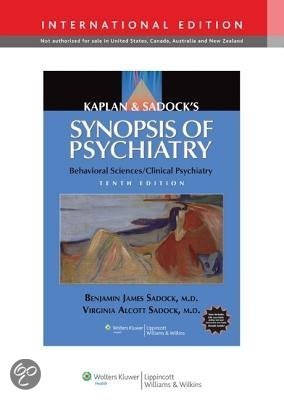Cambridge University (CAM)
Latest uploads at Cambridge University (CAM). Looking for notes at Cambridge University (CAM)? We have lots of notes, study guides and revision notes available for your school.
-
675
-
7
-
34
Courses at Cambridge University (CAM)
Notes available for the following courses at Cambridge University (CAM)
Popular books Cambridge University (CAM)

Benjamin Sadock, Virginia Alcott Sadock • ISBN 9781451108644

Paul S. Davies, Graham Virgo • ISBN 9780198727651

Lionel Bently, Brad Sherman • ISBN 9780198769958

Jenny Steele • ISBN 9780199671403

Ewan Mckendrick • ISBN 9781352005257

Jean-Jacques Rousseau • ISBN 9780141191751

Max Weber, Max Weber • ISBN 9781101098479

Adam Smith, Edwin Cannan • ISBN 9781840226881
Paul Horowitz, Winfield Hill • ISBN 9780521809269

Alison Page, David Waters • ISBN 9780198367215
Latest notes & summaries Cambridge University (CAM)
This handout covers the topic of Inchoate offences in depth. It provides explanations of conspiracy, attempt and encouraging and assisting crime. It also includes relevant academic articles on the topic. This handout is useful to undergraduates, those on the GDL and those undertaking a moot on the topic of inchoate offences
This handout covers the topic of sexual offences in a comprehensive way. It breaks down the following offences: rape, assault by penetration, sexual assault, causing another person to engage in sexual activity without consent. It also explains the statutory definition of sexual and consent, as well as reasonable belief in consent. This handout is useful to undergrads, those on the GDL and those undetaking a moot on the topic of sexual offences.
This handout covers the topic of non-fatal offences. In particular: battery and assault; assault occasioning actual bodily harm; maliciously inflicting grievous bodily harm; wounding. It also covers a doctrinal overview of principal non-fatal offences; a critical assessment of consent; and a critical evaluation of topics including the use of constructive liability, the structure and hierarchy of the principal offences and options for reform, and approaches to liability for disease transmissi...
This is a comprehensive lecture handout for property offences, given in 2023 by Nicky Padfield. This will be useful to undergrads, those on the GDL and those who have a moot on property offences. It covers fraud, theft, burglary, robbery and criminal damage
This is a comprehensive lecture handout on the topic of Participation in crime, given by Antje Du bois-Pédain in 2022-3. It is particularly useful for those interested in joint enterprise and Jogee. Good for law undergrads, those on the GDL, and people mooting.
This essay plan tackles the question: “Given the sheer breadth of the offence of fraud, the offence of theft could be abolished without creating a gap in the criminal law’s protection of property.” Discuss It provides great detail of the thought process and research that goes towards answering this question.
This is a problem question dealing with murder, assault and battery, conspiracy to commit murder. It also deals with the defence of loss of control.
This essay answers the following question: To what extent is preparing to commit a criminal offence currently criminalised? Should a general offence of ‘criminal preparation’ be introduced? Criminal preparation is currently contained within three inchoate offences, namely: conspiracy, encouragement and assistance and attempt. These offences are of varying degree, and I shall look at each of them in turn, highlighting the issues they raise. I will then determine whether introducing a gener...
This essay answers the question: is the offence of fraud broad enough to allow the abolition of the offence of theft? It contends that fraud alone is not enough to contain sufficient protection of property in criminal law. First, it concedes that fraud and theft share characteristics, and that some cases of theft would be more suited under fraud. Then, it goes through a simple example of pickpocketing to illustrate that fraud is not broad enough to accommodate for every instance of theft. Finall...
This document explains how bacteria form their cell wall and how beta lactam antibiotics such as penicillin work to kill bacteria by targeting features such as the cell wall. It delves into the chemistry of these antibiotics and their different classes.










